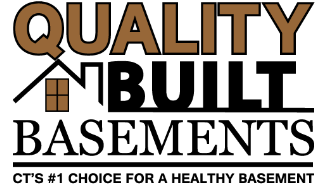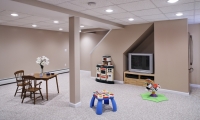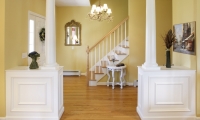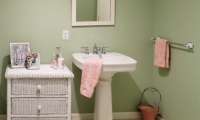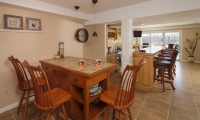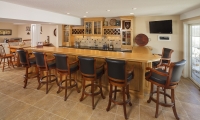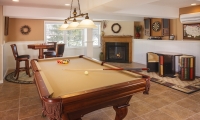Few of us have the time to visit the gym, but don’t want to give up on our fitness ambitions. Working out at home is a natural solution, but the main drawback will be the lack of suitable space. Have you ever thought of converting your basement into gym space? If so, you would not be the first, as many people set up small gyms in this space. It is, after all, easier to walk downstairs than it is to drive across town.
It is not easy to put a price tag on this type of conversion, as a lot depends on the type of equipment you use. If you don’t have a lot to spend, the change can be handled with minimal effort. The emphasis will be on making the space usable and comfortable for your workout sessions.
Initial Considerations
Proper Air Flow: One thing that the best gyms have in common is that they are well ventilated. Proper air flow will keep you from losing steam too quickly. Poor ventilation will cause heat buildup which can be dangerous when you are working out. If the basement is not part of the home’s ventilation system, the windows must be large enough to let in air, and you can also use a fan to boost air flow.
Dampness: Dampness can be another problem in a basement that has been converted into a gym. This section of the home is notorious for water seepage and mold growth. This can create an unhealthy environment for working out regularly.
Lighting: You will also need a gym that is properly lit, so modifications to the wiring and additional lighting installations may be necessary.
Equipment: Choose the equipment you plan to use ahead of time so we can design your basement with a specific layout in mind.
Wall Installations
You may need to bolt items like weight racks to the wall, so check to make sure it is sound. Repair cracks, and deal with any other sign of weakness before bolting on your equipment. You can use finishing materials on the walls to absorb sound so that you don’t disturb people upstairs. Some of these products are also mold resistant.
The Floor
Tiling is not usually a viable option since you can drop weights and cause damage. The original concrete floor is generally suitable, but you can install a carpet or other soft or spongy flooring types for additional comfort. Many people use rubber mats on the floor of their home gyms, and these are relatively inexpensive. This low cost option is worth considering.
Basements that require few changes will still require good workmanship, so contact us at 860-667-8105. We can turn your humble basement into the home gym you want, whether you want it fully decked out, or a simple layout with a few key pieces of equipment.
